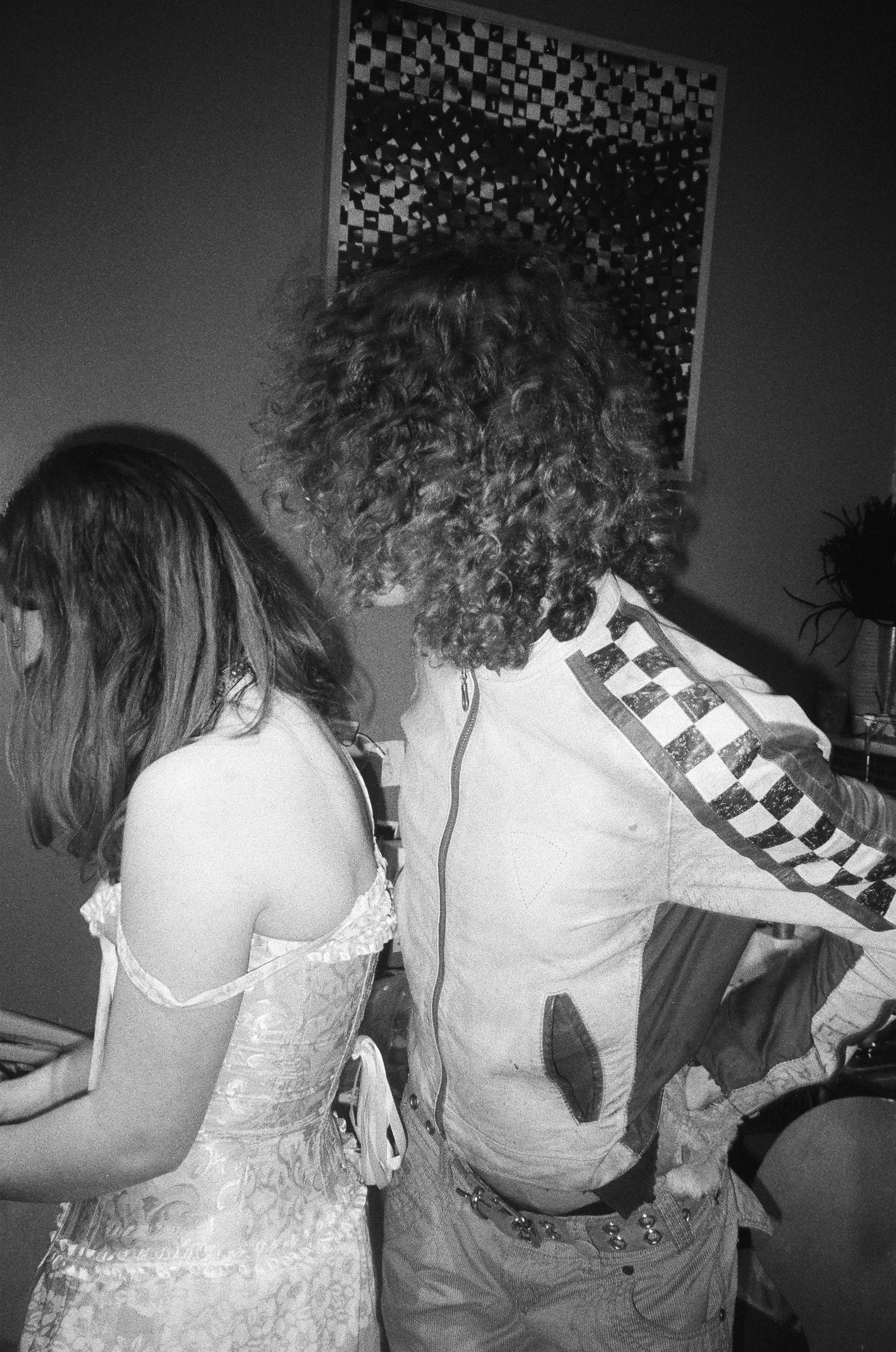It’s Not You, It’s Their Attachment Style: A Primer
Photograph by Heather Suarez, featuring Cassandra Bristow and Colleen Combs
Courtship seemingly used to be as simple as checkers. Dating now, however, seems like playing chess. There’s different strategies in the game of love: ghosting, open relationships, wondering whether to send a double text or not. What has always remained in the pursuit of romance is hope and heartbreak.
“It’s not you, it’s me” is the classic breakup one-liner. You’ve heard it, you’ve said it, you’ve seen it replayed on your favorite romantic comedy. There’s a plethora of reasons why your romantic interest might be sending you mixed signals or edging towards rejection — it’s not you, it’s their attachment style.
Attachment theory is a psychological theory about relationships, originating from research conducted by John Bowbly and Mary Ainsworth (no, they weren’t dating). Everyone has an attachment style, and it is an essential part of wellbeing. There are four types of attachment: secure, anxious, dismissive and fearful. Attachment style begins during infancy and carries on throughout life. Bradbury and Karney, authors of Intimate Relationships, explain that “the intimate relationships we form as adults are shaped largely by the nature of the bonds we formed with our primary caregivers during infancy and early childhood.”
Secure Attachment
People who have a secure attachment style have a positive perspective regarding themselves and others. They believe they are worthy of love. They are confident and comfortable with intimacy and independence. They are relatively low in anxiety and avoidance when it comes to love. Securely attached people are, well, sexy and charming. They communicate with you directly. They have an aura that glows. In a word: dreamboat.
Example: Aidan from Sex and The City
Anxious Attachment
People who have an anxious attachment have a positive perspective regarding others but have low self-esteem. Their lack of self-worth results in chronically high anxiety, which externally manifests in neediness, a high demand of reassurance, and affirmations from their partners. Anxiously attached people have no problem double-texting. Or triple-texting. Or calling over and over and over. While they can be overly clingy, they may also be the kindest partners, thanks to their sensitivity.
Example: Gigi from He’s Just Not That Into You
Dismissive Attachment
People who have dismissive attachment have a positive perspective about themselves. They believe they are worthy of love and affection but they don’t believe the same of others. They assume potential romantic partners won’t be caring and available. People with dismissive attachment are extremely independent and value self-sufficiency. They’re comfortable being alone and reduce the significance of their relationships with others. Dismissive attachment is more commonly known as “avoidant attachment” or — in words you may know better — a fuckboy. They keep you at an arm’s length to push you away. You’ll have a great date with them and be ghosted the next day.
Example: Lorelai from Gilmore Girls
Fearful Attachment
People who have fearful attachment have a negative perspective about themselves and others, resulting in severe anxiety. They seek attention and validation from others but struggle to internalize those affirmations because of their low self-esteem. They expect love to be a source of rejection and pain, and feel unworthy of being loved, carrying a “self-destruct” button on every date. They’re a mixture of dismissive and anxiously attached; they might be able to form a relationship, but they’re likely to sabotage it once it gets to a certain point. They’re disorganized when it comes to love.
Example: Marianne and Connell from Normal People
However, just like our beloved characters, your crush could have character development. John Bowlby and Mary Ainsworth believed attachment style was constant, but now researchers are starting to believe differently. Psychologists have begun to test attachment style permanence, due to interest in attachment instability and predictors of style change. A study by researchers at the University of California, Los Angeles confirms that 30% of people experience changes in their attachment style over various periods of time. Persistent bullying, abusive relationships, or a cataclysmic breakup can cause someone securely attached to become insecure. For insecurely attached people, a secure partner who makes them feel loved and safe might do the trick. With proper care, insecurely attached people may become secure. Again, it’s not you, it’s their attachment style, but change is possible — just don’t go chasing waterfalls.

